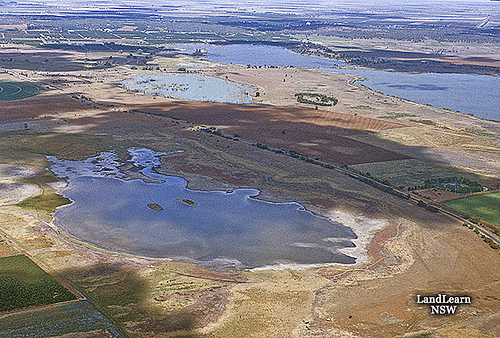Search
Recent comments
- albo is correct....
42 min 7 sec ago - robbery....
2 hours 18 min ago - speaking russian....
2 hours 26 min ago - watching....
2 hours 33 min ago - deceit....
4 hours 37 min ago - no rules.....
5 hours 27 min ago - young and old.....
5 hours 50 min ago - a role to play....
14 hours 11 min ago - hitlerite lies....
18 hours 47 min ago - ignoring....
21 hours 11 min ago
Democracy Links
Member's Off-site Blogs
the national estate .....

When you fly over the earth's oldest land mass, Australia, the view can be shocking.
Scars as long as European countries are the result of erosion. Salt pans shimmer where native vegetation once grew. This change is almost impossible to reverse. The first species to die are those that are most vulnerable.
According to the International Union for Conservation of Nature, Australia's devastation of its natural environment has caused more mammal extinction than in any other country. The iconic koala is used to attract tourists; the queen and Oprah Winfrey are photographed cuddling one, unaware that this unique creature has enriched the state of Queensland for decades with its industrial slaughter and the sale of its skin to Britain and America. Today, the belatedly "protected" koala is not threatened by flood or drought, but by rapacious land clearing, of which Queensland is the national champion. Each year, according to the World Wildlife Fund for Nature, the state effectively destroys 100 million birds, mammals and reptiles.
The land is "cleared" by fire or machinery, often with a heavy chain tied between two bulldozers. The technique was developed by Queensland's most notorious land-clearer, the late Sir Johannes Bjelke-Petersen, the conservative state premier for 19 years, whose self-awarded knighthood was given for "services to parliamentary democracy" such as winning gerrymandered elections with 20 percent of the votes. In 1992, a defamation jury found that Bjelke-Petersen had been bribed "on a large scale and on many occasions."
Two of his ministers and his police commissioner were jailed for corruption. Lucrative land became a prize for cronies known as the "white shoe brigade." Brown envelopes of cash were handed over at a five-star hotel recently lapped by floodwaters in the centre of Brisbane.
- By John Richardson at 29 Jan 2011 - 8:16am
- John Richardson's blog
- Login or register to post comments
the oldest trick...
Dear John Pilger,
Forbid my intrusion here but Australia isn't the oldest land mass on earth... All continents (land masses) are about the same age, with various age for their top layer of rocks or silt. Most continents are more than 4 billion years old, while sea-floors that are not continental shelves are no more than 150 million years old.
In Australia there are exposed rocks that have been dated back to the formation of the crust on earth, but these are very localised and many other surface areas are made of much younger rocks, including the eastern side.
What one can estimate is that there has been less upheaval in the land mass of the Australian continent than say in ... well, it's difficult to say as for example places like Siberia are also flat as a pancake. There are also huge plains in Africa, South America and in Antarctica... And talking of which Australia was still joined to Antarctica 45 million years ago... A "young" continent indeed...
Yes, the impact of machinery has been massive through about a third of the Australian surface... Other things such as roads and tracks have also scarred most of the original natural landscape for miles...
industrial ponds, WA, picture by Gus, c. 2004